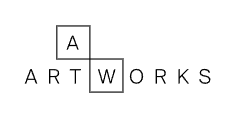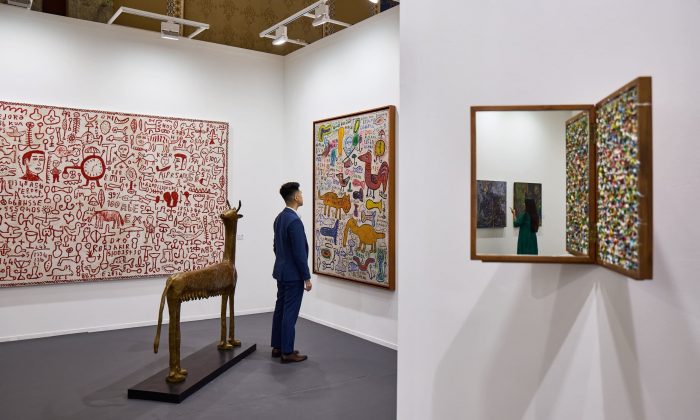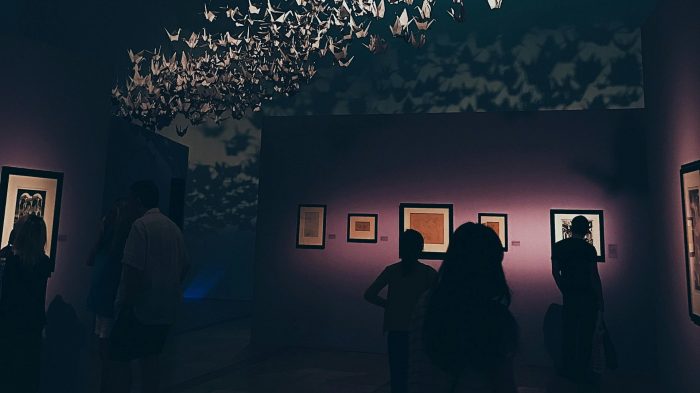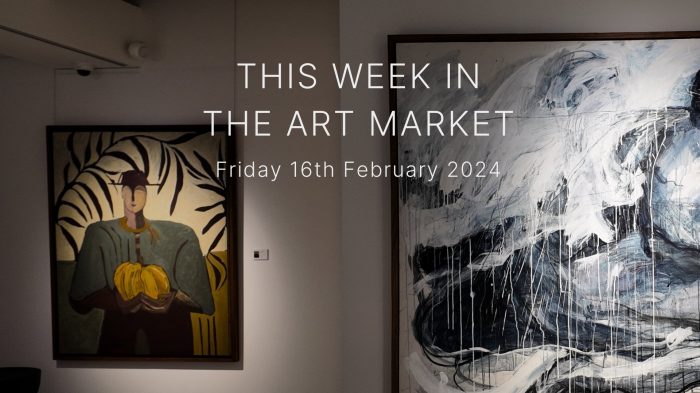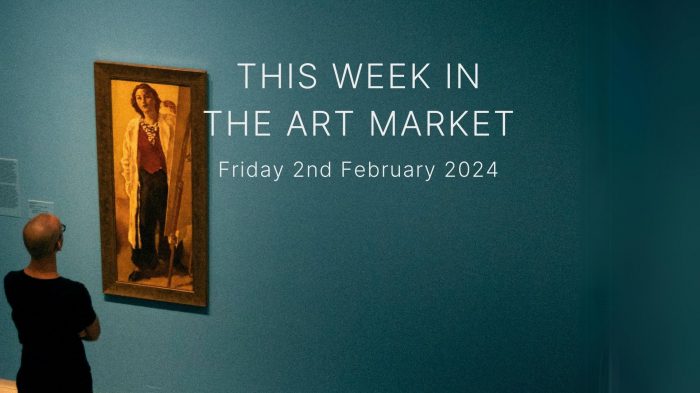In 2018, the global art market sales reached an estimated $67.4 billion – an increase of 6% on 2017.
Meanwhile, the online art market grew just 9.8% in 2018. Although this was a drop from 12% in 2017, it still amassed $4.46 billion for the year in revenue sales.
This result bucked many global trends, with technology innovators and disrupters taking large amounts of market share from traditional business models – such as 4% of all groceries sold in the United States in 2016 were bought online, with the share projected to reach 20% within a decade (Harris (2019), “The Effect of Online Shopping on Grocery Demand”, Harvard Business Review, P.32, May/June 2019).
Although growth may have slowed in 2018, it is still on the increase, taking into consideration that 2018 offered investors some of the worst losses since the 2008 financial crisis.
Emerging technology is changing the way art is being bought and sold, as well as how art is catalogued and produced. There is a new and inextricable force that has taken a firm grip on the art market, challenging everything that was known.
The millennial generation has changed how businesses operate in our world today, from the way we communicate to the way we shop and purchase goods of desire.
Millennial art buyers generally relate to prior generations very differently when it comes to what they collect and how they do so. Falling outside the ‘traditional’ collectors’ realm, they command huge demand and prices with a ‘want it now’ attitude when establishing their portfolios.
Where once Sotheby’s auctions were filled with pinstriped 3-piece suits and stunning cocktail dresses, they are now filled with hoodie-wearing millennials that should never be underestimated in terms of personal wealth or preference.
An example of this is at an auction in Hong Kong, where a millennial Chinese buyer dropped $2.6 billion for a piece called “UNTITLED (KIMPSONS #3).” The work depicts the Simpson family sprawled unconscious on their couch, with the artist’s signature as crosses for their eyes.
“According to data from U.S. Trust, while nearly two-thirds of art collectors list aesthetic reasons for their purchases, only 41 per cent of millennial buyers report being led by looks. Instead, 33 per cent of collectors in that generation say it is a “safe haven” in volatile markets (as opposed to 16 percent of general buyers), 33 per cent see it as an asset that can use be leveraged to build wealth (as opposed to 16 per cent of buyers in general) and 35 per cent report it is an asset they plan to sell for a quick profit (as opposed to 13 per cent of the art-collecting population).”
With such a vast difference in the value of art as an investment, is it any wonder that millennials are changing the world of art? What is important as the market grows is that millennials understand the opportunities that are before them and are not simply blinded by ‘wanting what they love’. When it comes to investing, we advocate seeking growth prospects in the art world, instead of making impulse decisions.
Ahead of any purchase, new art buyers should speak with expert art investment specialists that deal not only in contemporary or modern art but all forms of fine art from as little as $20,000 through to millions of dollars.
Experts in art and the art market have the capacity and bandwidth to grow with their millennial clients as their wealth grows through innovations, start-ups, and other investments that catapults them to new found wealth and prosperity, in many cases outside the traditional paradigms of wealth creation.
These experts, like any investment specialist, need to be able to work within the parameters of the needs, wants and demands of their millennial client to deliver a smart art investment for now and into the future.
